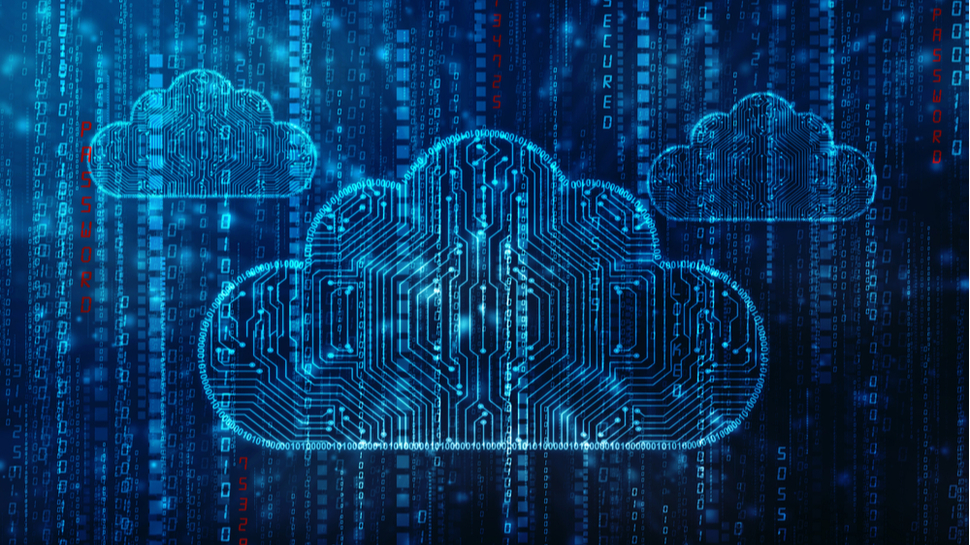Newfound flexibility for data migration to and from any cloud provider
Common data migration challenges faced by organizations

Cloud migration is not a new concept. Over a decade ago, businesses realized the limitations of their aging legacy systems had their limitations leading to mounting pressure to modernize their IT infrastructure and adapt to the rapidly evolving technologies.
Cloud migration emerged as a compelling solution to navigate the complexities of the digital age and the landscape of IT infrastructure, resulting in a drastic change for data management.. The idea promised businesses improved efficiency, scalability, flexibility and cost savings for those who needed to thrive in a rapidly changing environment. It was further compounded by the fervor surrounding Digital Transformation. With the unforeseen arrival of the COVID-19 pandemic, moving to the cloud became urgent! Thus, companies jumped into cloud adoption before they were truly ready.
Service providers portrayed cloud migration as ‘easy and simple’ only to realize later that the execution of cloud migrations was not as seamless as anticipated. Flexera 2023 State of the Cloud Report states that 66% of enterprise IT professionals list cloud migrations as a top challenge. The most common challenges of Cloud migrations were found to be: (1) high costs, (2) poorly designed applications for data migration from data centers to the cloud, and (3) lack of strategy. Egress fees and the absence of solutions to move data out of the cloud left enterprises trapped; battling with obstacles and challenges with no way of going back.
High Costs: Enterprise IT professionals are facing a significant financial drain today, as the process of cloud migration comes with its own set of costs. Enterprises are billed for all the data stored, regardless of whether they actively use it or not. Moreover, cloud providers impose egress fees that indirectly hinder companies from moving data out of the cloud. While solutions exist for migrating data to the cloud, the lack of support for extracting data from the cloud blocks enterprises from moving out data from the cloud posing adverse effects in both the short and long term.
Sahil Chawla is co-founder and CEO of Tsecond and head of Tsecond Generation Technology.
Poorly designed cloud applications:
Cloud providers utilize network-based data transfer for data migration, which presents multiple bottlenecks, including low throughput, inability to operate in remote conditions, vulnerability to data loss and security breaches, and extended transfer durations lasting weeks or even months. Additionally, the cloud applications that run the migration have inefficiencies that need to be optimized. Although the applications have functions defined, customers are paying extra to make them work efficiently, leading to technical debt.
Lack of strategy:
Most enterprises have legacy systems, disparate systems, multiple databases, structured and unstructured data. There are diverse data formats and requirements that were bottlenecked by cloud provider lock-ins, distributed applications and patchwork infrastructure. The allure of 'easy and simple' by service providers prioritized investing in cloud adoption, while the strategy on how to leverage the cloud was secondary; a pure recipe for failure. In the majority of cases, the strategy for cloud adoption was entrusted to consultancies rather than the internal team. Consequently, there was a lack of understanding of sound data architecture and data lineage.
Game-changing tech
Addressing these challenges is important because data stores will only continue to grow. Businesses expect stored data to grow by 30% annually. There is a growth in data-driven enterprises demanding fast data analysis for informed decision-making. But wait, there's more to it! The real reason we need to tackle those cloud migration hurdles head-on is the explosive growth in the use of generative AI. This game-changing tech opens up a world of opportunities for businesses to expand into new markets. Yet, all these exciting possibilities might just remain a distant dream if we don't deal with the existing technical debt or bear the brunt of extra expenses to integrate generative AI into our outdated cloud systems.
Sign up to the TechRadar Pro newsletter to get all the top news, opinion, features and guidance your business needs to succeed!
It's never too late to acknowledge a problem and commit to making a change. Enterprises should prioritize identifying what needs to change and devise actionable plans to effect those changes. Waving egress fees signals the need and importance of seamless data migration to and from any cloud provider. Before investing in cloud adoption and data migration, one should lay out a strategy establishing a sound data architecture ensuring high-quality data flow through the data pipeline. Having mature Cloud FinOps is key for successful cloud adoption. It is always best for the internal team to drive the roadmap, strategy, planning and deliverables as opposed to consulting the organization.
“78% of survey respondents indicated that they use physical data transport/ migration solutions because data transfer over their networks could no longer keep up with capacity” states the IDC report. Thus, physical data migration is a powerful tool to address the challenges of network-based data migration as they are flexible, fast and simple. The recent move by Microsoft, AWS Cloud and Google Cloud to waive egress fees for its customers is a great next step for data mobility. Now, customers can move their data on their terms, with greater flexibility and efficiency. Thus, with proper analyses and planning, one can not only ensure seamless data migration but also ride the wave of Generative AI and new tech for driving revenues and retaining customers.
We've featured the best cloud computing service.
This article was produced as part of TechRadarPro's Expert Insights channel where we feature the best and brightest minds in the technology industry today. The views expressed here are those of the author and are not necessarily those of TechRadarPro or Future plc. If you are interested in contributing find out more here: https://www.techradar.com/news/submit-your-story-to-techradar-pro
Sahil Chawla is the co-founder and CEO of Tsecond and head of Tsecond Generation Technology, both founded in 2020. Sahil holds a Bachelor’s Degree in Engineering in Computer Science.